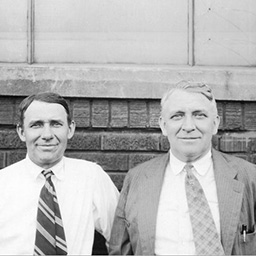
Photo info ...
Credit: Public domain via Wikimedia CommonsView Source
(Fred S., Dec. 6, 1877-July 26, 1932, and August S., Dec. 11, 1879-Jan. 18, 1955). Sons of Conrad and Kora Duesenberg of Lippe, Germany, Fred and August (Augie) Duesenberg immigrated with their family to the United States in 1885 and settled on an Iowa farm. In the late 1890s, they opened a bicycle shop in Rockford, Iowa, where Fred became involved in bicycle racing and set several world records.
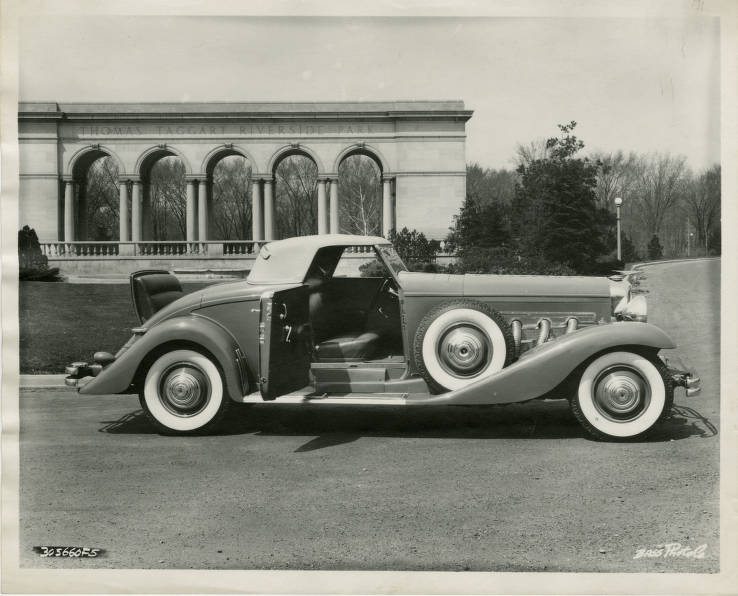
After successfully building a racing motorcycle to pace his training, Fred and August and lawyer Edward R. Mason founded the Mason Automobile Company in Des Moines, Iowa. Fred Maytag (of the Maytag washer Company) joined the company in 1910 but sold his interest in the company in 1912. The company went bankrupt in 1915 and went out of business entirely in 1917. The company produced approximately 1,500 cars.
During this time, Fred also developed 12-cylinder motors for high-speed motorboats, one of which was the first to break 60 mph (1914). The motors, produced at a plant in Elizabeth, New Jersey, gained notoriety during World War I and were used in various water and aircraft.
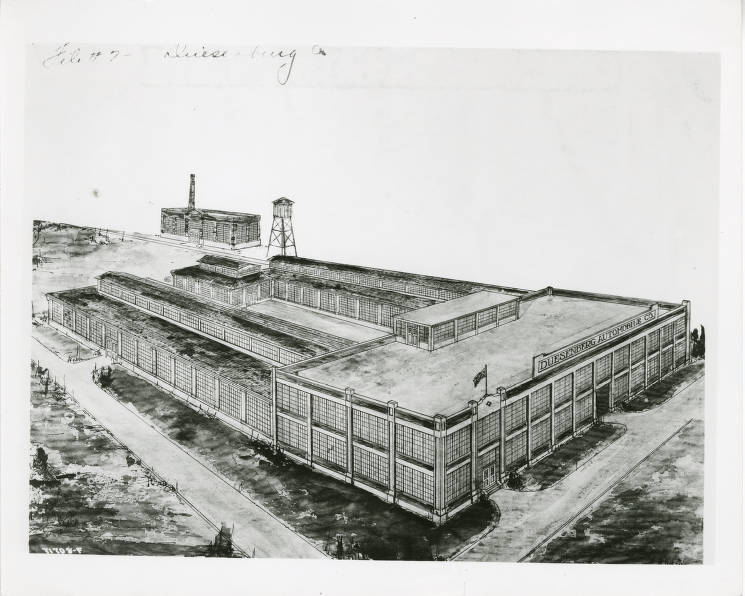
Eddie Rickenbacker drove the first Duesenberg automobile entered in the in 1914. Shortly thereafter Fred began work on the straight-eight motor. Perfected in 1919, this engine became the basis for Duesenberg’s domination of auto racing until his death. In 1920, the brothers opened Duesenberg Automobile and Motors Company, Inc., located at Washington and Harding streets in Indianapolis. The city provided them with a network of auto suppliers and use of the as a test track. Augie, a resident of Indianapolis from 1921, assisted his brother in the production of their automobiles.
The Duesenbergs built one of the strongest automobile racing teams of the 1920s. In 1921, a driver they employed won the French Grand Prix. He was the first American racecar driver to do so. In 1922, Jimmy Murphy won the Indianapolis 500 with a Duesenberg chassis, but the car had a Miller engine. The Duesenbergs had their first outright win at Indianapolis in 1924, when L. L. Corum took first place. They won again in 1925. During that race, Pete DePaolo set the first 100-mile-per-hour average speed. The Duesenberg team won a final time in 1927. George Souders came up from the rear to win the race.
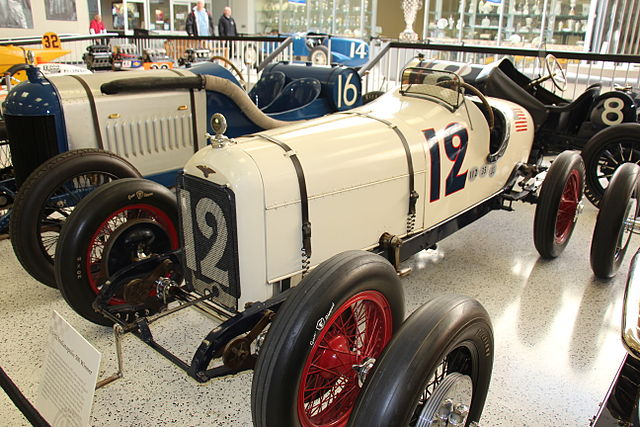
Soon after their arrival in Indianapolis, the Duesenbergs began manufacturing the Model A, a costly prestige car. Duesenberg pioneered the use of straight eight-cylinder engines and four-wheel hydraulic brakes. After selling fewer than 500 Model A cars through 1926, Duesenberg Automobile and Motors went into receivership, and transportation industrialist Errett Lobban Cord, president of Auburn Automobile Company, a producer of automobiles and aircraft, purchased the company.
Cord retained Fred Duesenberg as a consulting engineer, however, Augie Duesenberg was responsible for running the separate Duesenberg Brothers racing business, established in August 1920. As a consulting engineer, Fred Duesenberg was involved in producing cars that were even more expensive than the ones that he had developed under his own name. These luxury models included Models X, S, and J. He later became vice president in charge of engineering. Suffering from injuries incurred in an auto accident, he died in Johnstown, Pennsylvania in 1932.
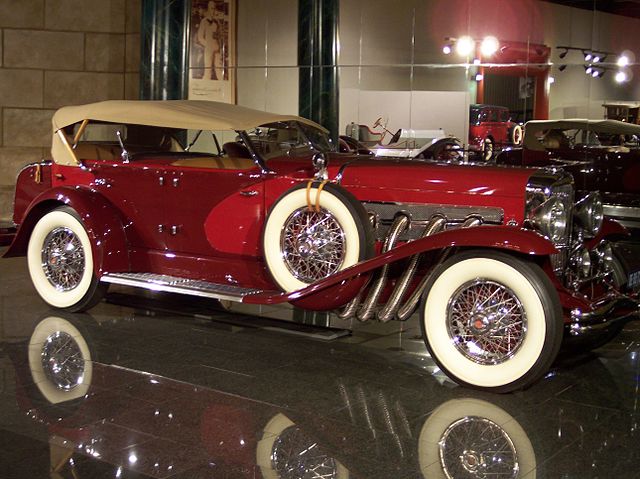
Cord and Duesenberg did not survive the Great Depression. Fred’s Model J became a major status symbol for the rich and famous, driven by movie stars such as Mae West and members of the European nobility. In 1934 Cord built a special “one-off” Duesenberg Walker Coupe for Eli Lilly and Company president Josiah Lilly costing $25,000, the most expensive Duesenberg ever built and the only Duesenberg built with an aerodynamic bodywork. In 1935 Cord built two Duesenberg Model SSJs, one for Gary Cooper and another for Clark Gable, hoping the exclusive “special speedsters” would generate interest in Duesenbergs and lift sales. However, waning interest in luxury model vehicles led Auburn Automobile Company unable to compete with the demand for lower-cost cars. The company ceased production in 1937.
In 1947, Augie proposed developing a new $25,000 automobile model. The venture, however, never materialized, and he remained in semi-retirement at his farm. Both Duesenberg brothers are interred at .
The only surviving building in Indianapolis connected to the Duesenbergs serves as headquarters for , at 1532 West Washington Street. Through the efforts of automotive affinity group, Christopher Blice of Blice Edwards restored the Duesenberg sign painted on the facade of the building. In 2003, a fire destroyed the structure that housed the Duesenberg Race shop. It was located across the street from the Duesenberg Motors Company.
Though production of the Duesenberg ceased in 1937, enthusiastic car collectors have kept the Duesenberg name alive into the 21st century. In April 1993 comedian Jay Leno spent $500,000 to purchase Josiah Lilly’s 1934 Walker Coupe. As the sixth owner Leno spent another $500,000 to restore the vehicle which in 2022 is valued at $20 million. In 2018 Gary Cooper’s 1935 Duesenberg SSJ sold at a Gooding & Company auction in Pebble Beach, California for $22 million, making it the most valuable pre-war American car ever sold at auction.

Help improve this entry
Contribute information, offer corrections, suggest images.
You can also recommend new entries related to this topic.